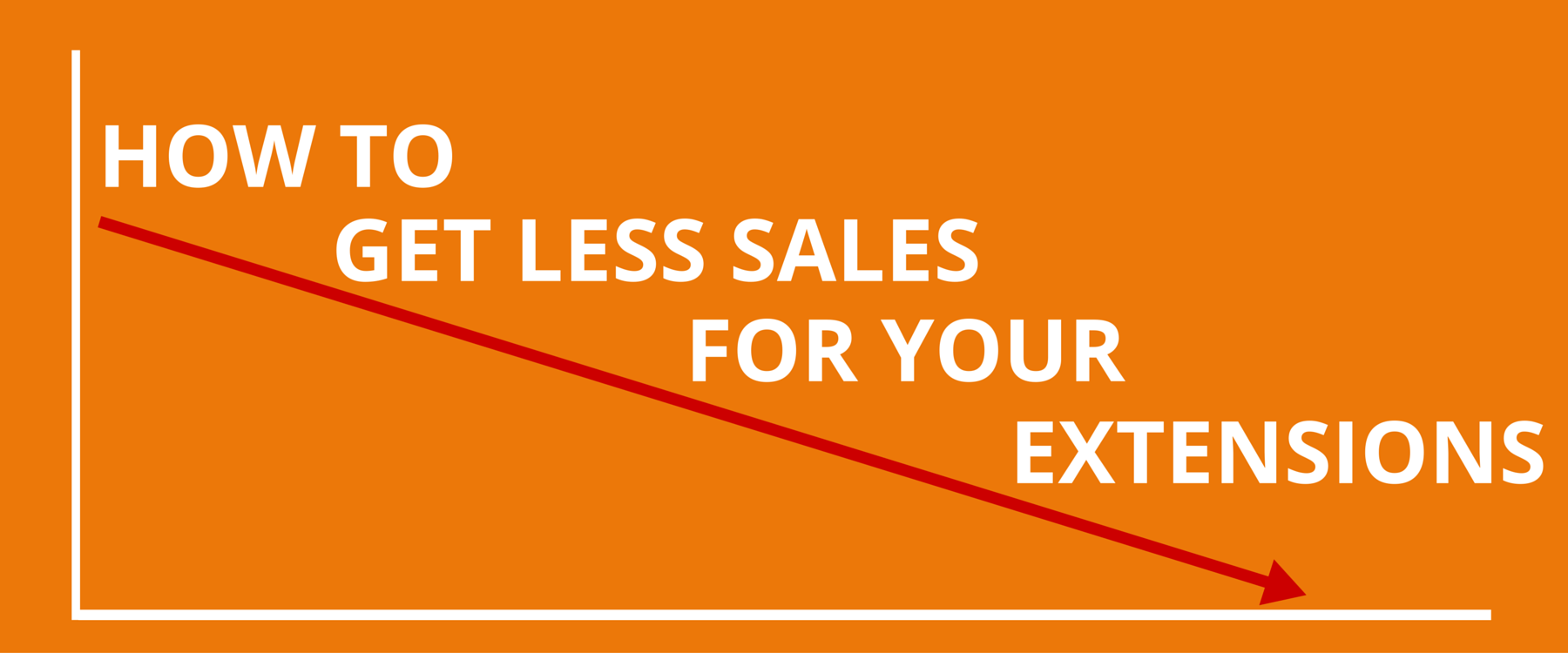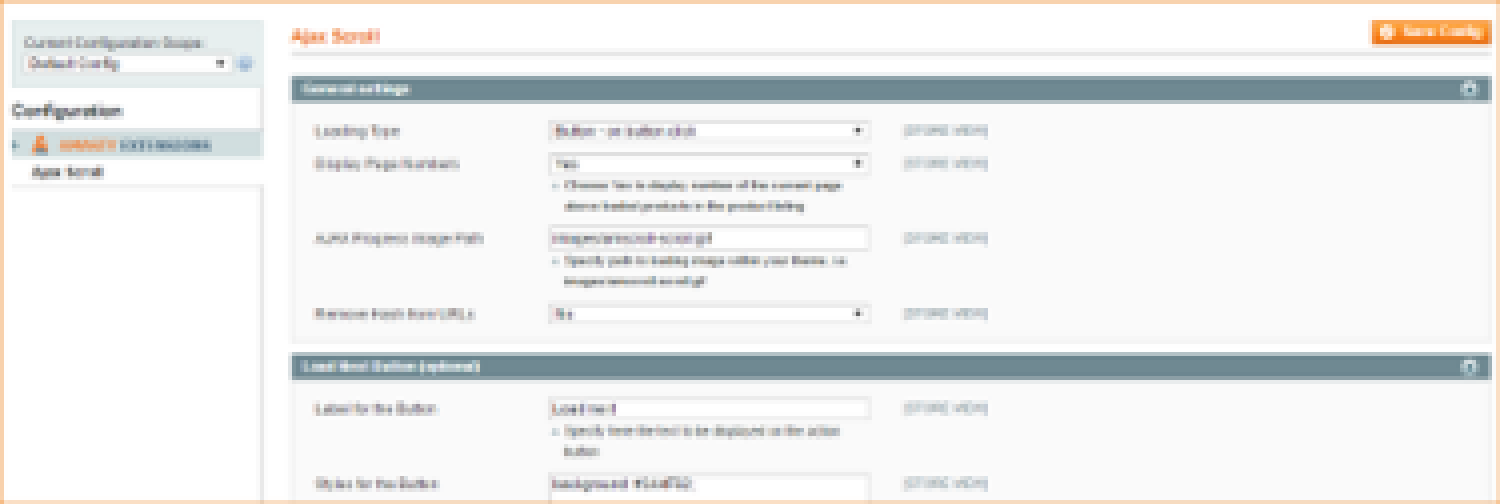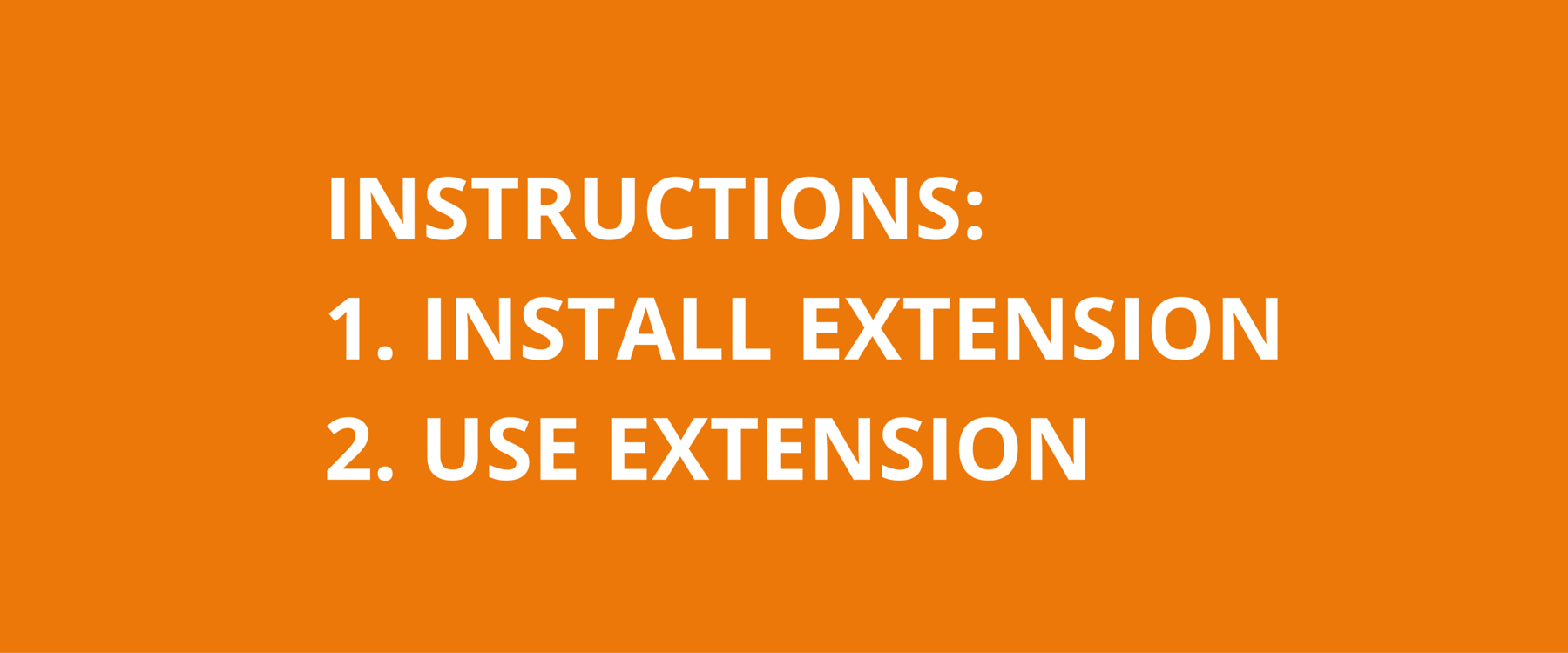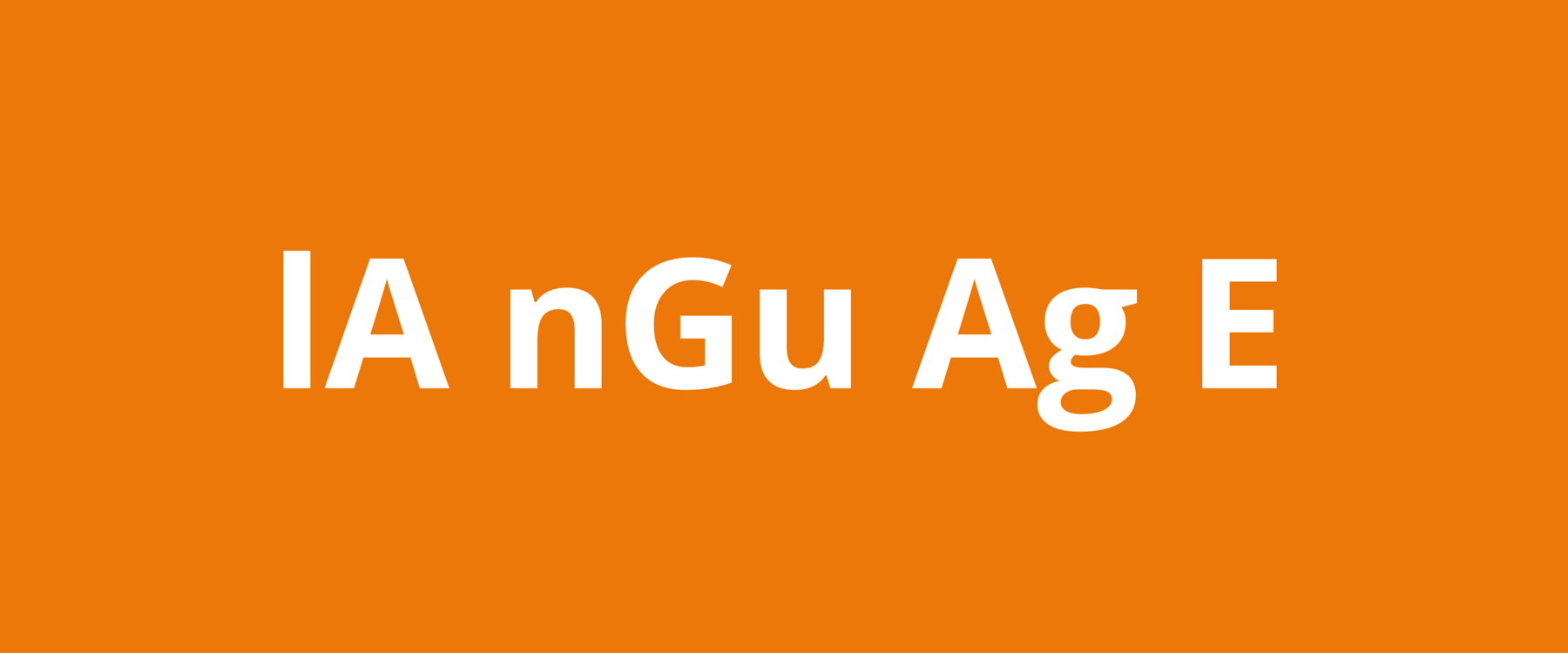How to Get Less Sales for Your Extensions

Yes, you read the title right. Now let us explain. If you follow our blog, you probably know that we review Magento extensions all the time. It's part of our marketplace and the product that we offer. That's why we go through a lot of extensions. Some are just reviewed, others used and implemented in stores, running through MageCloud.
This inevitably means that we look through a lot of websites/companies that offer Magento extensions: some are examined through Magento Connect; others - through the developers' websites, where you can also purchase the particular extension. So we have a large pool of websites/companies to compare from a customer's point of view.
And to be honest, a lot of times, it seems like the developers are not interested in selling the extension. We're not even talking about any competitive functionality. The way the extensions are presented to potential customers makes them less appealing. This could also be extended to any other Magento-related products, like themes. And that's why it seems that the devs are intentionally trying to hinder their sales with their sloppy attitude to product display and information. It's like they're trying to get less sales for their products.
So in this post, we'll review some of the common things that you can do to make your extensions LESS appealing. Of course, these are the things that you should NOT do, if you want to increase your sales. This post should help developers provide detailed/informative and appealing product info, which will convert more visitors into buyers.
BAD DEMO

This is probably the biggest abuse on the list that we see throughout the demos. Yes, we understand that making the extension takes a lot of time and effort and you simply can't waste those precious hours making the demo appealing.
And this is the problem. The people, who are going to make the decision on the purchase are not always other developers or administrators. Not to mention that a lot of the extensions have a huge impact on the front end. And this is where the demo should shine. A bad demo has a number of traits:
 Standard demo instance
Standard demo instance
If you want your demo to look good, you need to be able to beautify it to the extent that the potential buyer can visualize it working on their website. This means that you should have a demo that that's not running the default Magento theme that's very 'ugly' by today's standards.
 Using the basic functionality
Using the basic functionality
Sometimes, the demo shows just the basic functions of the product, without any hint of the customizable options. For example, if it's an extension for a pop up, it might have a simple black and white window with a standardized text, like 'lorem ipsum'.
 Demo is outdated
Demo is outdated
If you have a newer version out - you better have it available in the demo.
 Demo is not optimized
Demo is not optimized
We've seen some extensions that literally lag, like some infinite scroll solutions that we reviewed recently (takes a second or two to show more results). Now, we know that's just the case of poor optimization. But the potential customers don't know that. They'll assume that your extension is slow.
BAD ILLUSTRATIONS

Illustrations on the extension's page help potential customers follow through with the purchase. They can make or break the sales for your extensions, if their quality is not on par with something that can be easily viewed and analyzed. We've seen so many great extensions that had absolutely horrible illustrations going along with them. To the point that it was pretty much impossible to actually understand what was actually shown in the picture. Some of the things that you should NOT do with your illustrations:
 Upload low quality images
Upload low quality images
This one is pretty simple - making a quality screenshot it very easy, so there's no excuse for extensions that display their functionality in an unreadable/ unviewable manner.
 Upload non-reflective images
Upload non-reflective images
Yes, while the picture of your logo is great, it's highly unlikely that your potential customers will be able to get a hint at the extension's functionality from it. Make the screenshots count - include the most important extension options, add necessary notes and comments to highlight what certain features can do.
BAD DOCUMENTATION

Do you want a constant stream of emails and messages, asking for help with your product? Do you want refunds from people that weren't able to get the extension to work? Bad documentation is a great way to achieve this goal. We've been through some horrible extension instructions/ documentation and here's what you SHOULD do, if you want less dissatisfied customers and refunds:
 Visualize
Visualize
Include images along with the instructions to make sure that anyone can understand the installation process in conjunction with the environment, where it's performed.
 Update
Update
If you learned about new ways of performing the installation; if you have updated the extension - reflect that in the instructions.
 Include all of the tech stack
Include all of the tech stack
If your extension requires specific libraries or other extensions to run - make sure to include links to those products and, if possible, include instructions on how to install them too. Your customers will be forever grateful.
BOTCHED LANGUAGE

Language, or text, is the main source of information online. That's why it's important to be proficient in the language of your audience. If you're not able to articulate the benefits of your products to your potential audience - your work will simply go to waste. This is especially true for platforms, like Magento. There's a huge amount of developers that come from countries that don't have English, as their native language. For example, India and Eastern European countries, like Ukraine. At the same time, majority of Magento users/clients come from countries, where English is their first or second language. For example, US or EU countries, like Netherlands or Germany.
And this is where we see an issue. Many of the developers, being less fluent in English, create product descriptions/instructions that are not always easily understandable by the majority of the clientele. This in turn, discourages people from purchasing. In fact, in a survey by SDL, an experience online translation/localization company, it has been proven that "majority of respondents believe that high quality product information can reduce support costs, improve brand perception, and make it more likely that they will purchase additional products". This means that if you want you extensions to sell, here's what you'll have to improve/revise about your approach to product information and the language quality:
 Editing
Editing
Not very good with the language? Well, hiring a professional editor to proofread your texts for product info can cost you as low as $5. Why shouldn't you make them as great, as your product really is?
 Technical vocabulary
Technical vocabulary
Tech jargon that you might be used to may not exactly be the standard for describing your extensions and their functionality. Make sure that you speak the lingo that's understandable to your clients. This is something that might be missed by editors, as they're not always proficient with specific technical details.
RIDICULOUS PRICE

It's not up to you to pick the right price for your extension. It's up to the customer. It doesn't matter, if you spent a lot of time creating the product. What matters is if there are comparable alternatives out there that offer a better price. As we mentioned before, there are tons of Magento developers around the globe. Some might have development costs that are much lower than yours. That's why they're able to release similar products for a much more competitive price. Pricing is an important factor in purchasing decisions. Your current product price might actually hurt your overall sales. We've seen too many extensions that don't offer any exceptional functionality, but are sometimes priced higher than their alternatives. Hell, we've even see free extensions that are on par or even better than some of the paid alternatives.
If that's the case for your products - you might as well remove the product all together or lower the price. This way you'll get more sales and maybe even bring in more profit in the long run. Here's what you can do in order to adjust your price more properly to your clients' expectations:
 Explore the alternatives
Explore the alternatives
Find out what other extensions offer the same functionality. Test them out (demo). See, if they're better than your product. Assess a possible price drop. If you see that you extension is objectively better - make sure to point out why in the product info, so that the potential clients would know the exact reasons behind your seemingly bloated pricing.
 Dump the price
Dump the price
Price dumping is not new, but it has certain benefits for software development. First of all, you're not losing anything - the software just sits there on your server. It might take you more time to start earning from it through more sales at a lower price. But the benefits are immense - more leads, more returned clients, who learn about your quality extensions, etc.
In general, it's important to remember that clients and potential buyers don't always have the same idea about your product. They don't know how good your extension is; how it's easy to install; how much time you spent coding it; how smart you have to be in order to create a product like this and how it has tons of great functionality. They might not even know the tech language to be able to properly grasp all of your product's awesomeness. It's your job to provide a very clear demo, images, documentation and description for your product. At the same time, make sure that you're setting the right price for it. Otherwise, you'll end up with less sales and more lost opportunities to turn visitors into loyal customers.
Do you have other tips that can help developers boost sales of their Magento extensions? Share your thoughts and ideas in the comments below.
